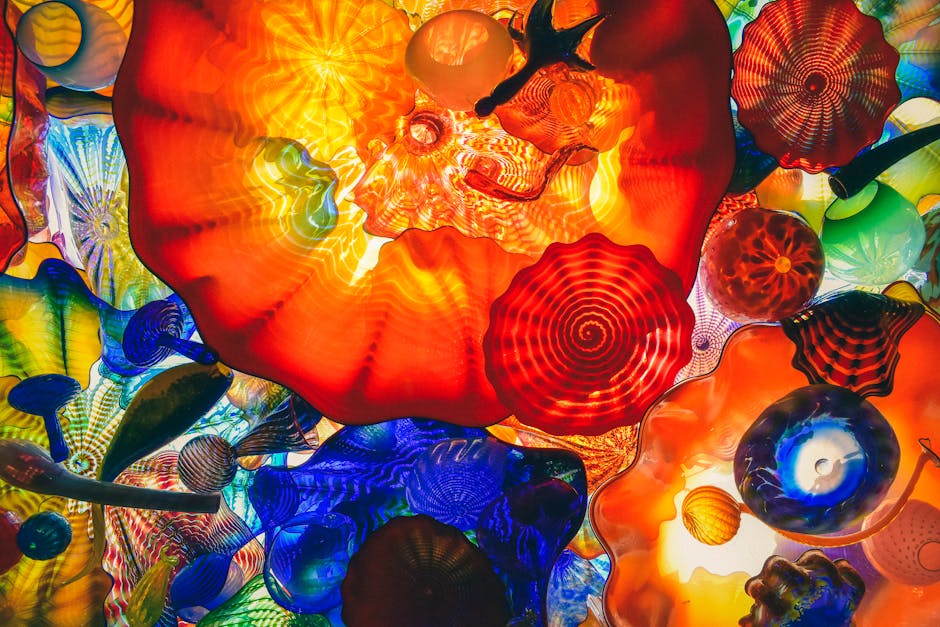How to Adjust the Liquid Glass Effect in iOS 26.1
Apple’s iOS 26.1 introduces the Liquid Glass Effect, a sleek animation feature that adds fluid, glass-like transitions to your iPhone’s interface. While visually appealing, some users may prefer to tweak or disable it for performance or personal preference. Here’s how to adjust it in just a few steps.
What Is the Liquid Glass Effect?
The Liquid Glass Effect enhances iOS animations, giving app icons, notifications, and UI elements a dynamic, shimmering appearance. It’s designed to make interactions feel smoother and more immersive. However, users with older iPhones or sensitivity to motion might want to modify its intensity.
Step-by-Step Guide to Adjusting the Effect
1. Open Settings
Launch the Settings app on your iPhone.
2. Go to Accessibility
Scroll down and tap Accessibility, where Apple houses display and motion adjustments.
3. Select Motion
Under the Vision section, choose Motion to access animation controls.
4. Adjust Liquid Glass Settings
Look for Liquid Glass Effect and pick one of three options:
– Full Intensity (Default) – Maximum fluid animations.
– Reduced – A softer, performance-friendly version.
– Off – Disables the effect completely.
5. Test Your Changes
After making adjustments, check your phone’s responsiveness, especially if you’re using an older model.
Alternative: Disable All Animations
For an even simpler interface:
1. Go to Settings > Accessibility > Motion.
2. Toggle Reduce Motion to disable all animations, including Liquid Glass.
Why Modify the Liquid Glass Effect?
- Better Performance – Reduces strain on older iPhones.
- Battery Life – Less-intensive animations save power.
- Visual Comfort – Ideal for users who prefer minimal motion.
Final Thoughts
Whether you love the Liquid Glass Effect or find it overwhelming, iOS 26.1 offers easy customization. Adjust it to match your preferences and device capabilities!
Have you tried tweaking the effect? Share your experience below!




